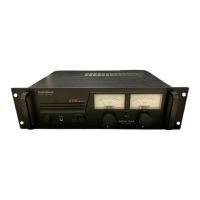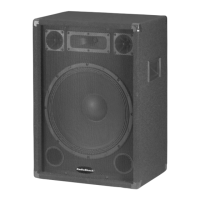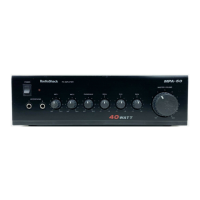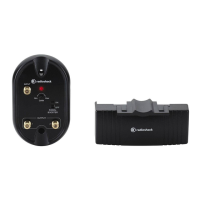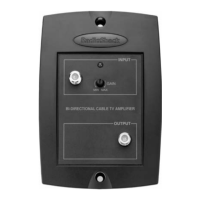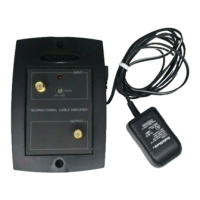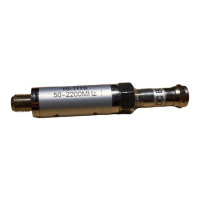19
Operating Your Amplifier
Using the Feedback Filter
The FEEDBACK FILTER control lets you reduce or eliminate squeal and other
noise caused by feedback. After you adjust LEFT and RIGHT volume, MIC1,
MIC2, MIC3, MIC4/PHONO, and CD/AUX , turn on the amplifier and any
connected sound sources. If you hear any feedback, turn FEEDBACK FILTER
clockwise until you reduce or eliminate the feedback.
Note: The FEEDBACK FILTER control decreases feedback frequencies
by up to 12dB. If it does not eliminate the feedback, try using a
frequency equalizer to further decrease the feedback frequencies.
Using the Level Meters and Clipping Indicator
The output indicators reflect the amplifier’s output level. The stronger the signal
the more indicators light. The maximum signal through the amplifier should
cause the CLIPPING indicator to blink at peak music levels.
Using Speaker A/B
Press SPEAKER A or SPEAKER B on the front of the amplifier for the channel
you want to listen to. If you have 8-Ohm speakers, press SPEAKER A and
SPEAKER B to listen to all connected speakers.
Note: If you have connected 4-Ohm speakers to the amplifier, do not
press in both SPEAKER A and SPEAKER B.
Output
Power
Level
Indicators
Clipping Indicator
Speaker A
Speaker B

